By Raga Justin, The Texas Tribune
“Texas college football is limiting stadium capacity, mandating masks and testing athletes. Here’s what you need to know.” was first published by The Texas Tribune, a nonprofit, nonpartisan media organization that informs Texans — and engages with them — about public policy, politics, government and statewide issues.
Need to stay updated on coronavirus news in Texas? Our evening roundup will help you stay on top of the day’s latest updates. Sign up here.
On Wednesday, the NCAA released guidelines intended to protect collegiate athletes, while expressing “serious concerns about the continuing high levels of COVID-19 infection in many parts of the nation.”
With the first day of school fast approaching, athletics officials at major Texas universities are still pushing for a football season that brings thousands of fans back to stadiums and generates millions of dollars for their programs. University officials are rolling out plans that they say will keep both athletes and fans safe.
This comes as Texas is still combating high hospitalizations and deaths from the coronavirus pandemic, and as health officials continue to encourage people to keep distance from each other to prevent the spread of the virus.
On Wednesday, the NCAA released guidelines intended to protect collegiate athletes, while expressing “serious concerns about the continuing high levels of COVID-19 infection in many parts of the nation.”
The NCAA’s three divisions must determine by Aug. 21 whether their respective fall sports seasons and NCAA championships should occur this year.
Here’s where the biggest Texas public conference schools stand.
How many fans will be allowed to attend?
The latest directive from Gov. Greg Abbott limits occupancy to no more than 50% of a stadium’s capacity. Many athletics officials seized on that number, including UT-Austin Athletics Director Chris Del Conte as recently as last week. With a capacity of 100,000, the University of Texas at Austin’s Darrell K Royal-Texas Memorial Stadium could potentially seat up to 50,000 fans.
But UT’s Board of Regents has called for further rolling back the limit to only 25% of stadium capacity. Del Conte has said all season ticket holders will be guaranteed a seat even with limited capacity, presumably reducing student seating.
At Texas Tech University, officials are also looking at capping stadium capacity at 25%. That would mean about 15,000 fans would be allowed into Jones AT&T Stadium, which has a listed capacity of 60,454 seats. Associate Athletics Director Robert Giovannetti previously said around 3,000 seats will be reserved for student seating. Last year, about 13,400 seats were for students.
Texas A&M University’s Kyle Field has the capacity for nearly 110,000 fans. In a media briefing last week, Athletics Director Ross Bjork said he expects up to 55,000 fans could attend any given game this season with the new capacity rules.
With limited seating, Bjork also said all season ticket holders would be prioritized while student seating would be reduced.
Who has the authority to limit fans in the stands?
Across the state, many local health officials have put limits on crowd sizes for outdoor gatherings in an attempt to slow the spread of the coronavirus. But those local orders won’t stop thousands of fans from filing into football stadiums.
Dr. Mark Escott, Austin’s interim public health authority, has expressed concern with even the scaled-back plan for fans that UT-Austin athletics officials have set.
“If the prevalence of disease on game day is similar to today, with 25,000 fans we can expect more than 100 of those fans to be COVID-19 positive … and then it multiplies,” Escott wrote in a tweet after UT-Austin officials said they were considering a 25% capacity. “Let’s stick to watching football on TV this Fall!”
But in a media briefing earlier this week, UT-Austin interim President Jay Hartzell said that local health officials will not have much say in how many fans will be able to attend games.
“We’ll always want to have that dialogue with Austin health officials,” Hartzell said. But as a state institution, the “ultimate authority” resides with Abbott and the board of regents.
A&M is also deferring to Abbott’s sports order, which a university spokesperson said was in line with College Station health authorities.
Texas Tech officials did not respond to a request for comment.
How many student athletes have tested positive for COVID-19?
In June, 13 athletes from UT-Austin tested positive for COVID-19 in a mass outbreak, though the athletics department says the situation has drastically improved since then.
On Wednesday, Del Conte said in a weekly sports update that there are zero known infections among student athletes, and no one is in self-isolation or quarantine across the five sports that have been on campus for training.
A&M is not releasing the numbers of infected athletes to the public, according to an athletics spokesperson. During a media briefing last week, Bjork said there are “a few active cases” among all student athletes.
On Thursday, Texas Tech said it has completed 600 COVID-19 tests across the athletics department. The football program has reported 26 positive results among athletes, all of whom have since recovered.
How are athletes being protected?
UT-Austin, A&M and Texas Tech are doing extensive testing and daily health assessments for athletes, many of whom have been on campus since early June to begin voluntary summer workouts.
UT-Austin is testing athletes twice a week, Del Conte said. A&M is also proactively testing each week, but officials released little details beyond that.
The NCAA, along with listing “back to sport guidelines,” said athletes must be allowed to opt out of participation if they fear contracting COVID-19. If they do so, their universities must honor their scholarships.
And if a player does test positive for COVID-19, the NCAA says institutions must cover medical expenses related to COVID-19 to prevent any out-of-pocket costs.
What will the game day experience look like?
Social distancing and mandatory face coverings will be requirements at both UT-Austin and A&M games, athletics officials have said.
Bjork said A&M attendees will enter and exit along strict pathways and use automatic doors. The stadium will also have cashless concessions and plexiglass shields.
Tailgating protocols will be announced closer to the start of the season, Bjork said.
At UT-Austin, tailgating will go on — but attendees are expected to limit the number of people in one place, wear masks and practice social distancing. The stadium will be sanitized frequently and will also enforce cashless transactions.
How much will this cost football programs?
Athletics directors say much of the fiscal impact of having fewer fans in the stands is still unclear, but substantial losses are expected. The Texas Tech athletics department is projecting a loss of $14.1 million from interrupted ticket sales and other pandemic-related expenses, Athletics Director Kirby Horcutt has said.
UT-Austin has not yet said how much money it will lose by playing with restrictions. Last year, Longhorn football brought in $42.4 million in ticket sales, according to an NCAA report. A&M football had $43.5 million in ticket sales the same year. Donations, concessions and media rights are all worth millions of dollars more.
What are the plans for the major conferences?
The Big 12 Conference — which includes Baylor University, Texas Christian University, Texas Tech and the No. 14 ranked UT-Austin — released its fall schedule earlier this week, announcing nine conference games and one non-conference home opponent.
Big 12 officials have pegged an official start date in early September. UT-Austin’s Del Conte previously said fans can expect the first non-conference game Sept. 5.
Meanwhile, the No. 13 ranked Aggies will be playing in 10 conference games, according to a ruling from the Southeastern Conference. SEC officials set a start date in late September, allowing member universities to “focus on the healthy return of their campus communities and the gradual re-introduction of athletics.”
The slimmed-down conference schedules mean the high-profile matchup between the Longhorns and defending national champion Louisiana State University is canceled this season.
Disclosure: Texas A&M, Baylor University, Texas Christian University, Texas Tech University and the University of Texas at Austin have been financial supporters of The Texas Tribune, a nonprofit, nonpartisan news organization that is funded in part by donations from members, foundations and corporate sponsors. Financial supporters play no role in the Tribune’s journalism. Find a complete list of them here.
This article originally appeared in The Texas Tribune at https://www.texastribune.org/2020/08/06/texas-football-coronavirus/.
The Texas Tribune is proud to celebrate 10 years of exceptional journalism for an exceptional state.
Explore the next 10 years with us.


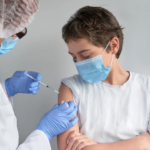
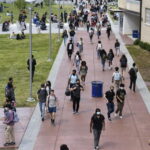
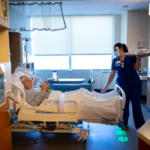
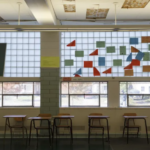
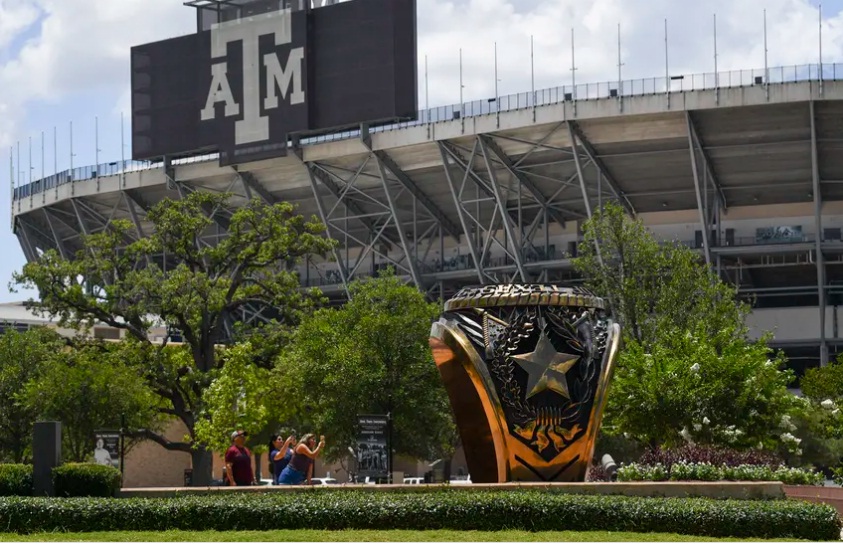




More Stories
Nasal COVID-19 vaccines help the body prepare for infection right where it starts – in your nose and throat
How important is the COVID-19 booster shot for 5-to-11-year-olds? 5 questions answered
Universal masking returns to Philadelphia schools Monday